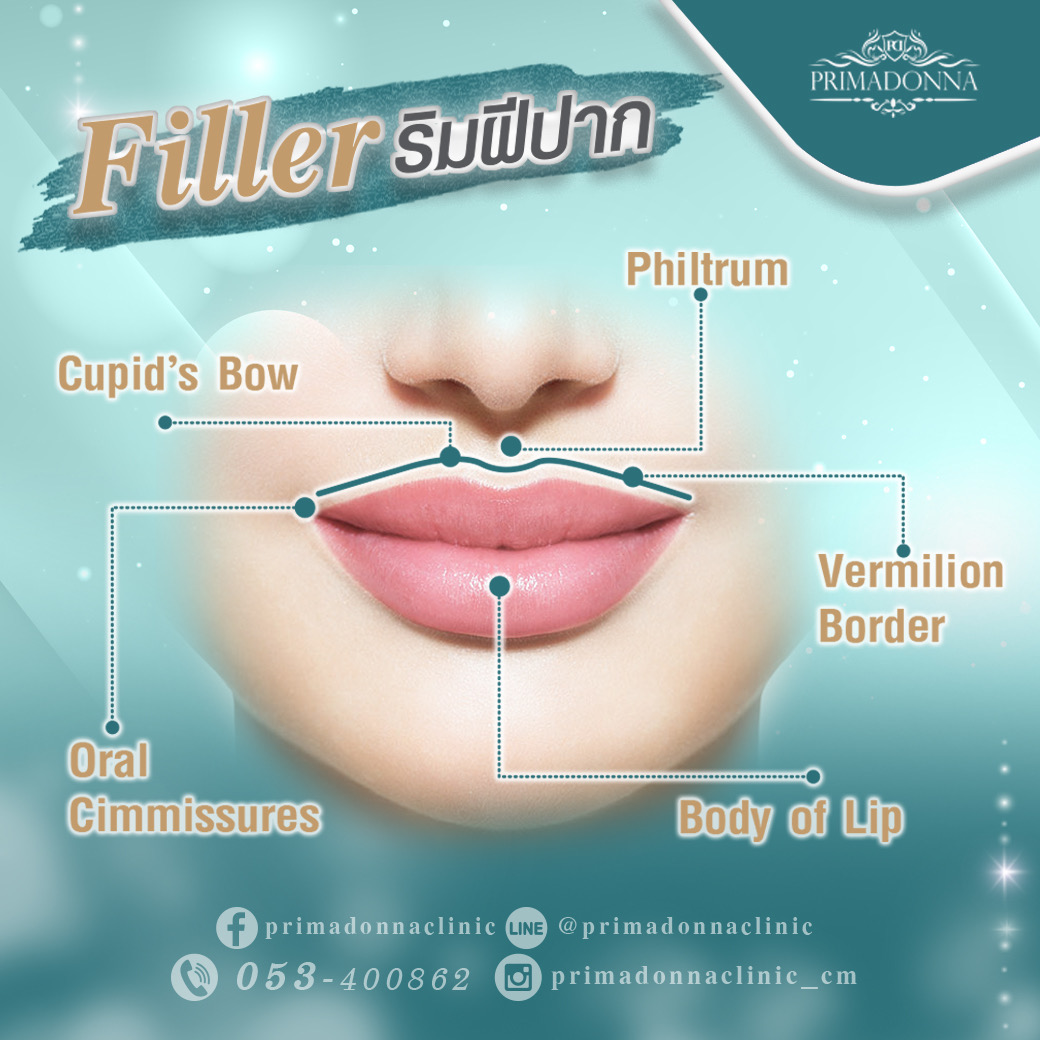
Co2 Laser for Skin Rejuvenation
Co2 Laser for Skin Rejuvenation
Mole
Moles are very common, and most people have one or more. Moles are concentrations of pigment-producing cells (melanocytes) in your skin. People with light skin tend to have more moles.
The technical name for a mole is nevus (plural: nevi). It comes from the Latin word for birthmark.
The cause of moles isn’t well understood. It’s thought to be an interaction of genetic factors and sun damage in most cases.
Moles usually emerge in childhood and adolescence, and change in size and color as you grow. New moles commonly appear at times when your hormone levels change, such as during pregnancy.
Most moles are less than 1/4 inch in diameter. Mole color ranges from pink to dark brown or black. They can be anywhere on your body, alone or in groups.
Almost all moles are benign (noncancerous). But new moles in an adult are more likely to become cancerous than old moles.
If a new mole appears when you're older, or if a mole changes in appearance, you should see a dermatologist to make sure it’s not cancerous.
Acrochordon
An acrochordon is a small, soft, common, benign, usually pedunculated neoplasm that is found particularly in persons who are obese. It is usually skin colored or hyperpigmented, and it may appear as surface nodules or papillomas on healthy skin. Most acrochordons vary in size from 2-5 mm in diameter, although larger acrochordons up to 5 cm in diameter are sometimes evident. The most frequent localizations are the neck and the axillae, but any skin fold, including the groin, may be affected.
seborrheic keratosis
A seborrheic keratosis is a common noncancerous skin growth. People tend to get more of them as they get older.
Seborrheic keratoses are usually brown, black or light tan. The growths look waxy, scaly and slightly raised. They usually appear on the head, neck, chest or back.
Seborrheic keratoses are harmless and not contagious. They don't need treatment, but you may decide to have them removed if they become irritated by clothing or you don't like how they look.
Symptoms
A seborrheic keratosis usually looks like a waxy or wartlike growth. It typically appears on the face, chest, shoulders or back. You may develop a single growth, though multiple growths are more common.
A seborrheic keratosis:
- Ranges in color from light tan to brown or black
- Is round or oval shaped
- Has a characteristic "pasted on" look
- Is flat or slightly raised with a scaly surface
- Ranges in size from very small to more than 1 inch (2.5 centimeters) across
- May itch
Warts
A wart is a small growth with a rough texture that can appear anywhere on the body. It can look like a solid blister or a small cauliflower.
Warts are caused by viruses in the human papillomavirus (HPV) family.
The appearance of a wart depends on its location on the body and the thickness of the skin.
Palmar warts appear on the hand. Plantar warts affect the feet.
As many as 1 in 3 children and teenagers are estimated to have warts, but only 3 to 5 percent of adults. This is probably because the immune system becomes better able to prevent their development over time.
People with a weakened immune system are more likely to have warts.
After The Procedure Leser Co2
After the treatment, you may notice that the area appears somewhat reddish. A scab will form where the mole had been. This scab will eventually fall off after a couple of weeks. Several laser treatments may be required to remove the mole completely.
The newly-grown skin under the mole will be very raw, tender, and sensitive. Sun exposure will prove harmful, especially at this point. You should avoid going under the sun during this stage. If this is totally unavoidable, make sure that you apply sunscreen for at least a month and a half following laser mole removal.




